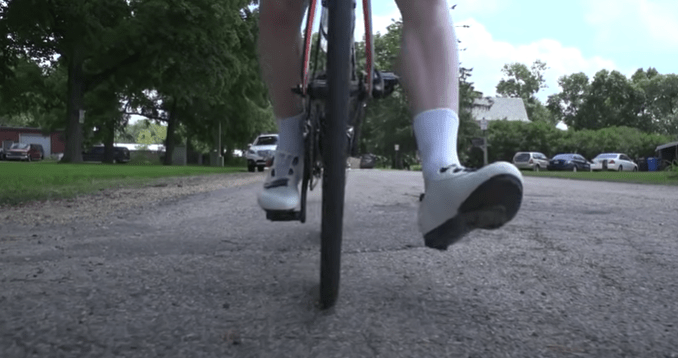

Cycling shoes designed for road cycling are specially made shoes for cycling enthusiasts. They come with wedges on their soles, which can be attached to automatic pedals. These pedals can lock the feet onto the pedals, increasing pedaling efficiency.
People new to cycling may feel hesitant about using road-cycling shoes and bike pedals since having the pedal attached to the shoe can be unsettling at first. It may take some time to get used to unlocking the foot from the pedal, and one might experience a few scares before getting comfortable with it.
Towards the end of this guide, I’ll explain how I position my cleats concerning my foot to help with the installation process, as fitting shoes for clipless pedals may not be the easiest task, especially for beginners.
The clipless pedal system has been in use for decades by experienced cyclists and pros, but it is now becoming more accessible to everyone due to the increasing popularity of road bikes. This system works similarly to ski boots, which can be easily put on and taken off.
The primary advantage of the automatic pedal system is the improved performance of the shoe-pedal combination. With automatic pedals, no energy is lost during the ascent phase, which occurs at low rates of rotation, i.e., under 50 revolutions/min. As the shoe is fixed on the pedal when you raise your foot, you pull the pedal upwards, adding all the power of the foot ascent that is otherwise unused without this system.
According to Vincent Blondeau from Mecacote, automatic pedals or pedals with toe clips can “relieve or even cancel” the weight of the leg that goes up after the passage to the PMB. This minimizes or erases negative forces during the pedaling cycle and increases the performance of the pedal stroke. However, this applies only to the able-bodied, as people with leg amputations face formidable adaptation challenges (including world champions).
The second advantage of the automatic pedal is that road-cycling shoes are always correctly positioned on the pedals. This eliminates the risk of adopting a bad position and eliminates the need to think about it while cycling.
The primary disadvantage of the automatic pedal system is the risk of falling if shoes are not taken off quickly. However, this habit can be quickly acquired with practice.
Once mastered, this system can be used for daily commutes, even if you regularly have to put your foot on the ground and walk a little. Clipless pedals are practical in such cases.
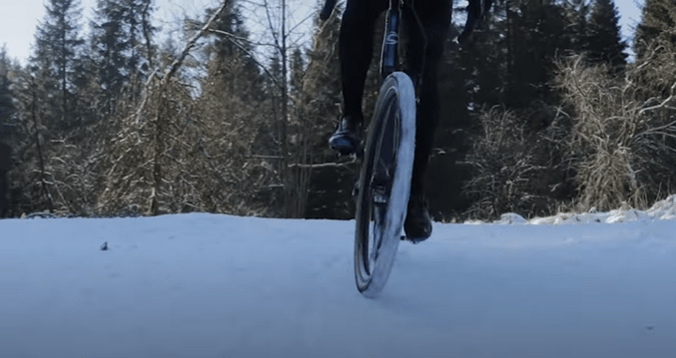

The process of clipping and unclipping cleats from pedals is quite simple. To clip, one needs to push their foot forward and down until it locks into place, securely attaching the bike shoe to the clipless pedal. Unclipping is done by rotating the foot outward.
The resistance of the cleats’ engagement and release can be adjusted by using the spring on the automatic pedal. The lower the spring tension, the easier it is to release the foot with a small movement. This is helpful when dismounting often, and also reassuring for beginners.
As confidence in the automatic pedal system grows, it is possible to increase the spring resistance to avoid unlocking the system too quickly. This, in turn, increases the power transmitted to the pedals, enabling one to pedal with more force and efficiency.


Just like in any sport, the foot tends to swell slightly during exercise. Wearing road cycling shoes that are too tight will compress the foot, leading to discomfort and distraction from your pedaling pace.
To ensure maximum comfort, it is recommended to buy a pair of road cycling shoes that are half a size larger than your regular shoe size. Vincent de Mecacote advises against going up by 1 to 2 sizes and then adding half a size, as this may cause problems.
To determine the right size, it’s important to do two checks:
It is recommended to try out cycling shoes in the evening when your foot is slightly tired and more swollen, especially if you walk a lot during the day. This allows you to make a choice while considering this swelling to avoid a compressed foot that could be detrimental to your comfort.
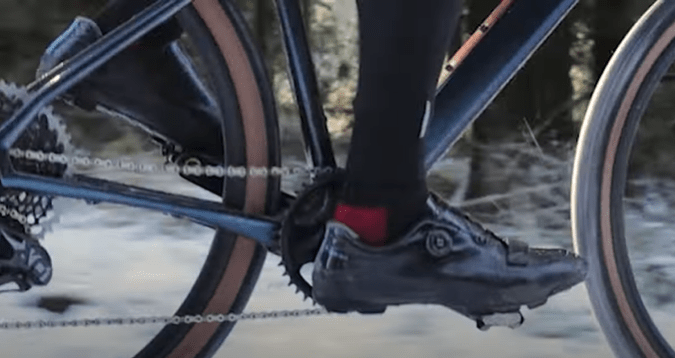

In the world of shims, there are two main systems to choose from:
It is important to ensure that the road cycling shoes you choose are compatible with the automatic pedal system installed on your bike. Road cleats are not compatible with MTB pedals, and vice versa. It is also important to note that cleats from one manufacturer, such as Look, may not be compatible with pedals from another manufacturer, such as Shimano, as each brand has its own unique system.
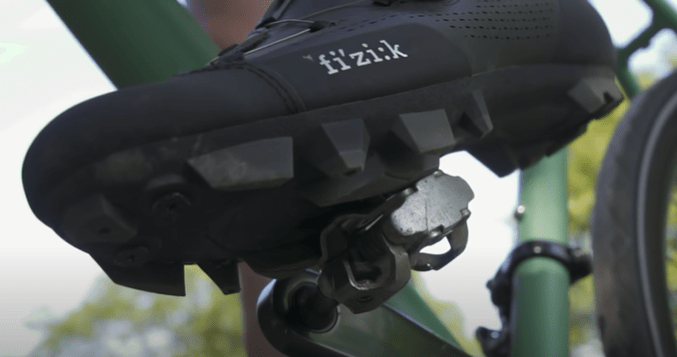

Road cycling shoes designed for mountain biking (MTB) have metal cleats and a sole with lugs that make walking easier. These shoes have two fixing holes and are only compatible with pedals that have a 2-hole mounting system like SPDs.
It’s important to note that you cannot mix fastening systems between 2 and 3 screws. Touring shoes also use this system since riders often need to walk a bit.
These shoes usually weigh around 350 grams, which is slightly heavier than road shoes. However, more high-end models have a carbon sole that makes the shoe stiffer, helps with optimal transfer of power, and reduces weight.
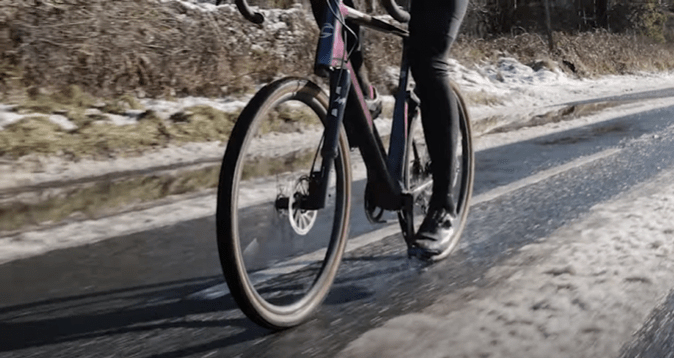

When it comes to road bike shoes, there are two main differences from mountain bike shoes. The first difference is that road shoes have a 3-screw cleat attachment system. The second difference is the smooth sole of the shoe, which protrudes less than a mountain bike shoe, making walking more difficult.
Entry-level road bike shoes usually have a nylon sole and Velcro fasteners. Higher-end shoes feature a lightweight design, rigid carbon sole, and BOA-type attachment system for precise and quick adjustments.
The rigid carbon sole ensures maximum power transfer from the foot to the pedal, resulting in minimal energy loss. Competitive riders can benefit from the weight and power gains of carbon-soled shoes. The Gaerne Stilo road cycling shoes, for example, weigh 275 grams without cleats and feature a carbon sole.
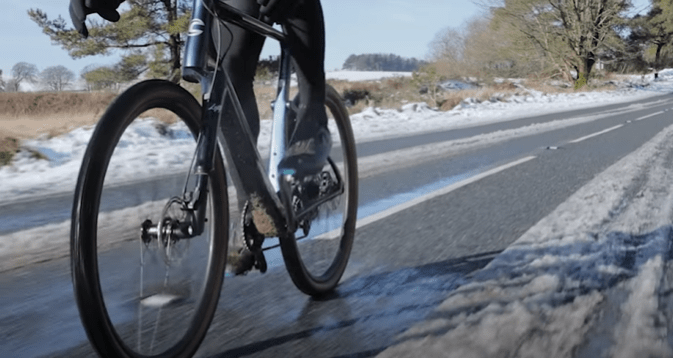

In my personal experience, I prefer to use MTB SPD shoes for my rides because they have a subtle design and come with spiked soles that provide better grip while walking. This is especially helpful when I have to walk on sidewalks, cross pedestrian paths, or climb stairs to get to my destination.
Road shoes with carbon soles are extremely rigid, making it difficult to walk in them. Additionally, they lack crampons under the sole, which can make them slippery on wet surfaces.
As someone who also does cyclocross and triathlon, I prefer to have a more competitive pair of shoes. To accommodate this, I installed SPD cleats on my road bike, which allows me to switch between shoes without having to change my pedals depending on the type of cycling I’m doing.
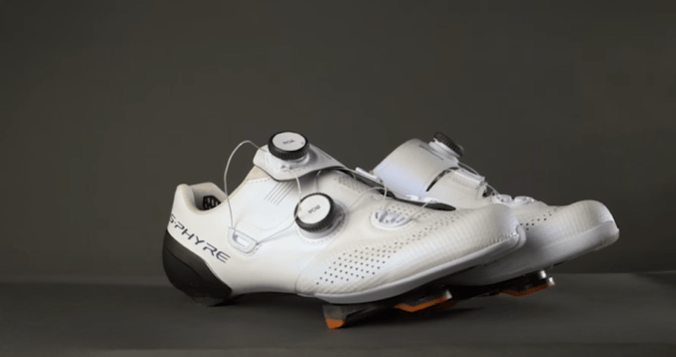

In order to properly install SPD cleats on your road bike shoes, there are a few steps to follow:
If your shoes have a plate, place it in the shoe where the cleat will go. Some shoes may not have this plate, and it is not necessary to complete this step.
Place the Shimano SPD cleat on the screws closest to the front of the shoe. Tighten the screws enough to hold the cleat in place, but not so tight that you cannot adjust it later.
Using a piece of tape, mark the shoe where your metatarsal is located. This is the bump on your big toe that sticks out the most. Mark the tape in pencil to indicate where your metatarsal is.
Using a ruler, align the screws in the middle with the markings under the shoe. This will center the cleat under your metatarsal.
Tighten the screws to secure the cleat in place, but be careful not to overtighten and damage the reinforcement plate.
Take your bike for a ride to test the placement of the cleats. You may need to adjust the angle of your feet by rotating the cleats left or right.
By following these steps, you can properly install SPD cleats on your road bike shoes and experience the benefits of clipless pedals.
